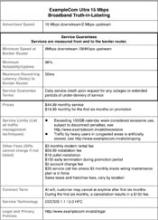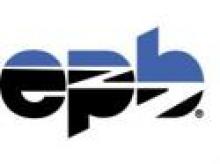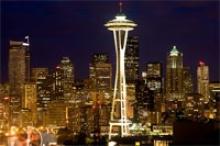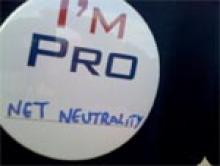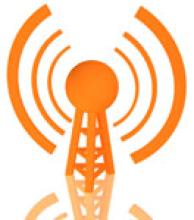Fast, affordable Internet access for all.
News
How Publicly Owned Networks Start
Next Week: NATOA Conference
Muni Fiber in San Francisco Eats into Digital Divide
San Francisco has leveraged its municipally-owned fiber in a program to overcome the digital divide. Projects like this are a good early step for larger communities. First, invest in fiber to public buildings, schools, etc., to cut costs from leased lines (often, while upgrading capacity). Second, begin to leverage that fiber to increase affordable broadband availability in the community.
Seattle Mayoral Candidate Sees Public Fiber as Essential
FCC Chair: We Need Network Neutrality
The Chair of the Federal Communications Commission has taken a stand for network neutrality - the founding principle of openness of the Internet. In short, network neutrality means the entity providing you access to the Internet cannot interfere with the sites you choose to visit - it cannot speed them up or slow them down in order to increase their profits.
Verizon Actions Show Carriers Will Not Wire Rural America
Broadband - An Ecology, Not a Market
Harold Feld at Public Knowledge created another five minute video on broadband policy - embedded below - that I heartily recommend.
The Broadband Definition Matters
Muni Projects Lead in Europe
Roland Montagne also says that competition has been driving new FTTH/FTTB projects.
Proactive Broadband Communities and NATOA Awards
FCC Creating National Broadband Plan With Plenty of Input from Industry
Re-Defining Broadband
Longmont, Colorado, Considers Muni Broadband
But others argued that it’s not about whether the city will jump into the cable or Internet business; it’s about giving the city options and giving voters a choice.Longmont, Colorado, wil
Johnson City, Tennessee, Considers Network
Lafayette Plans Faster Growth; US BB Embarrasses; Seattle Needs Volunteers
An article from the Lafayette Advertiser notes: LUS Fiber plans faster rollout.


